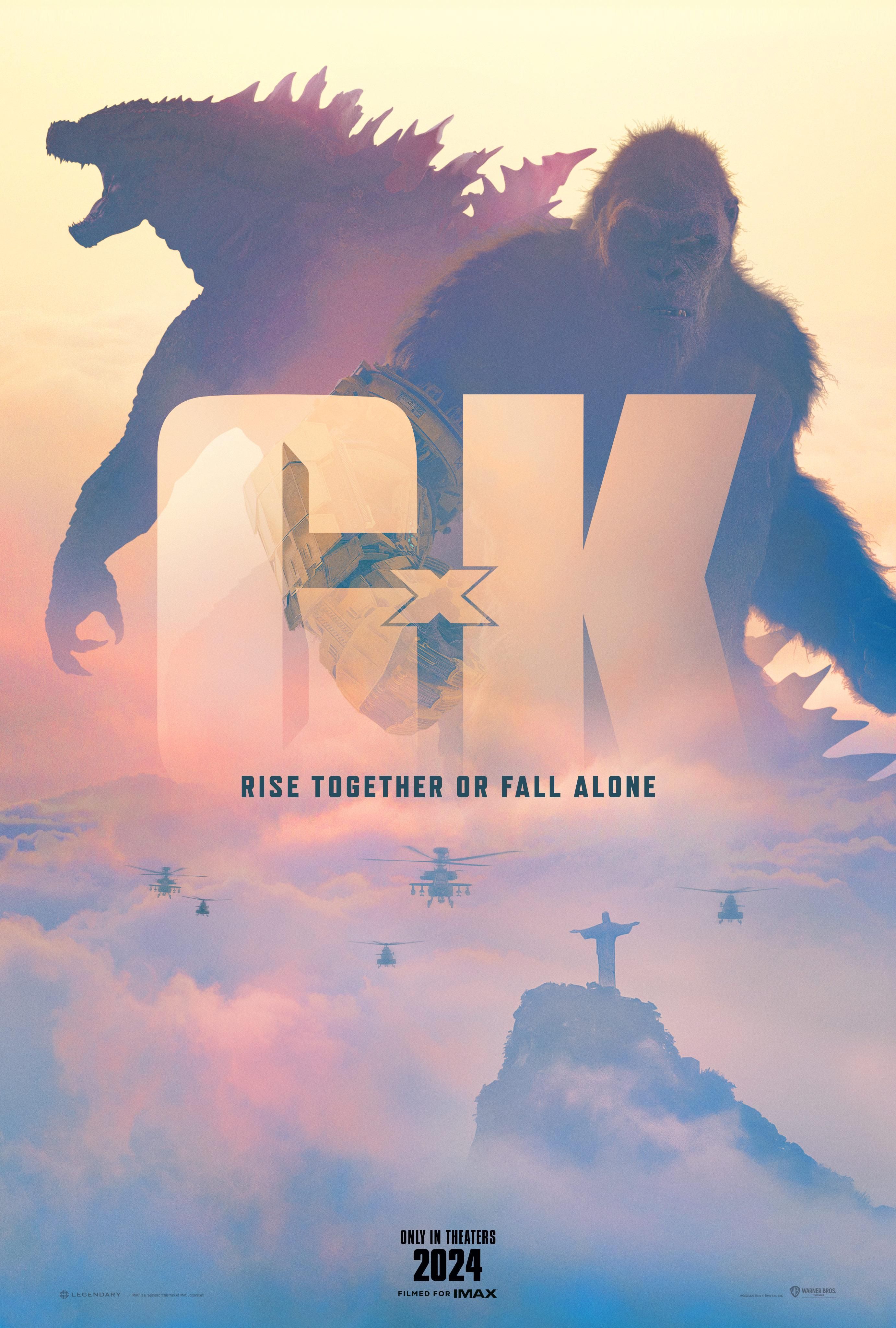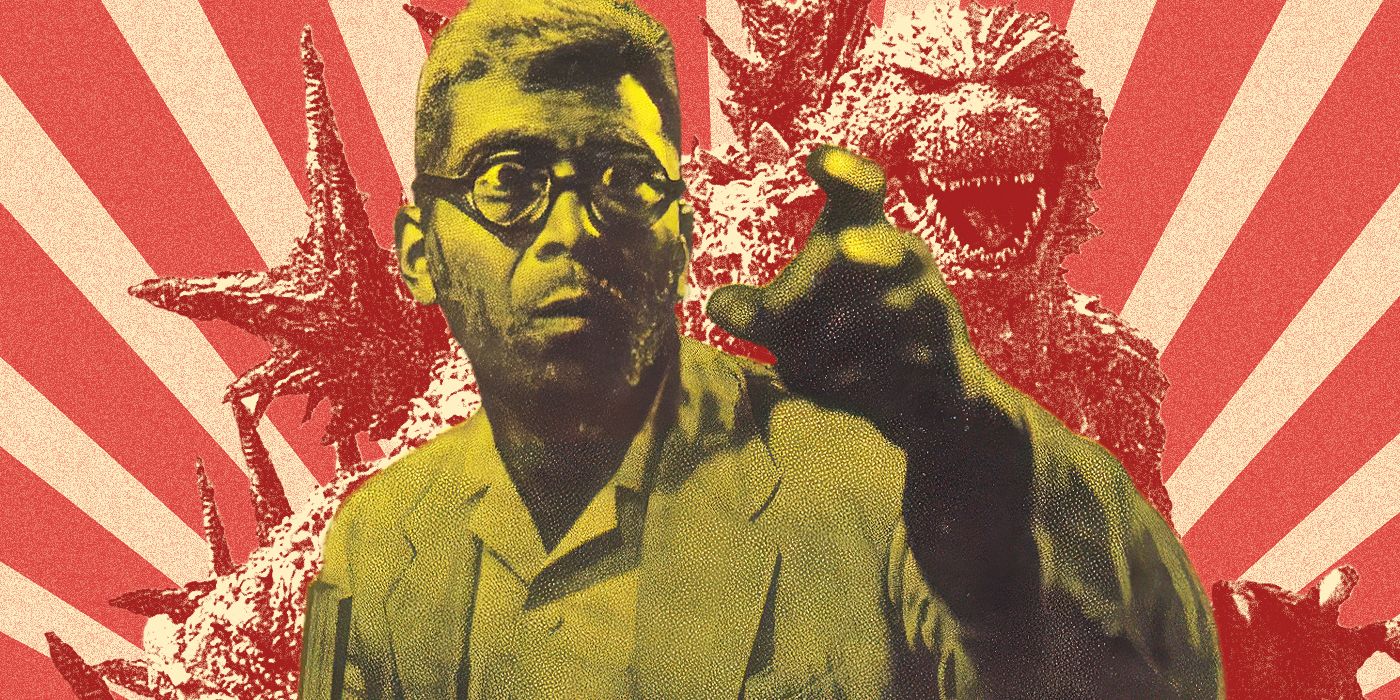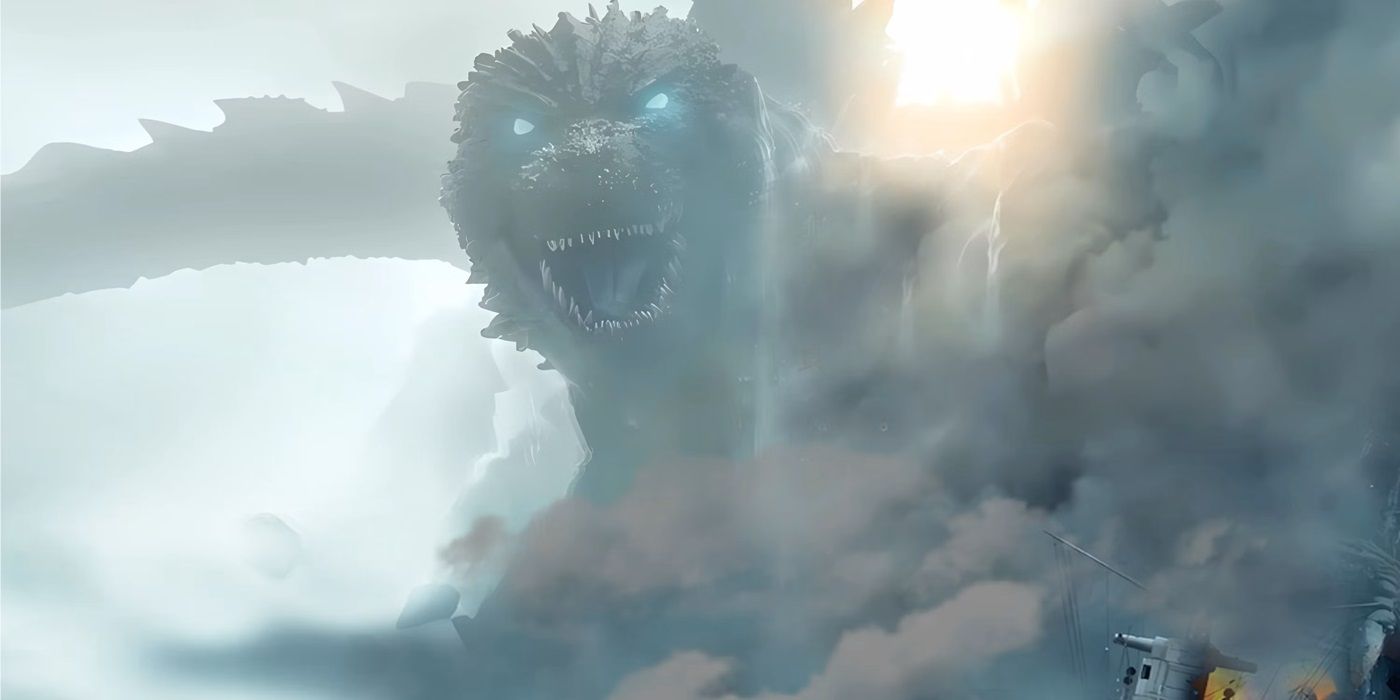The Big Picture
- Godzilla is Japan’s 70-year-old fear embodied, symbolizing the anxiety of nuclear war, echoing real-life tragedies and environmental concerns.
- Godzilla isn’t just a monster, but a hero who evolves to represent the fears and desires of each generation, embodying compassion and destruction.
- Watching Godzilla destroy is a guilty pleasure, a cinematic thrill that allows audiences to indulge in chaos without real-life consequences.
It’s a rare feat in Hollywood for a 70-year-old to get a role that isn’t someone’s grandparent, or some wise sage dispensing pearls of wisdom. It’s even rarer that someone that has been around so long is not only still getting top billing, but is arguably as famous, if not more, than he has ever been. But then, most 70-year-olds in Hollywood aren’t taller than skyscrapers, cause destruction on an apocalyptic level, and possess one hell of a roar. In case you haven’t guessed, we’re talking about Japan’s most famous movie star, Godzilla, who turns 70 this year. His monstrous reign has seen contenders to his throne over the years, like the alien creature in Cloverfield, yet he’s still crushing Tokyo underneath his toes. With the box-office success of Godzilla x Kong: The New Empire as evidence that there’s still power in that internal nuclear reactor of his. Just how has Godzilla managed to endure for so long?

Godzilla x Kong: The New Empire
Kong and the fearsome Godzilla face off against a colossal undiscovered threat hidden within our world, challenging their very existence – and our own.
- Release Date
- March 29, 2024
- Runtime
- 1h 55m
Godzilla is the Face of Our Fears
How do you speak to the unspeakable? How do you make sense of the senseless? Create a tangible visage that depicts abstract fear? If you’re Japan, you put a face to it. The creation of Godzilla, contrary to popular belief, isn’t a direct comment on the bombings of Nagasaki and Hiroshima, but instead a reference to a tragic event in 1954. In March of that year, the U.S. was testing a new type of thermonuclear weapon, the hydrogen bomb, at Bikini Atoll in the Marshall Islands. The detonation of the first, code-named “Castle Bravo”, the most powerful artificial explosion in history at that time, bypassed expectations, resulting in an explosion a thousand times more powerful than either of the bombs used in World War II, with a fireball nearly 4.5 miles in diameter and visible over 250 miles away. Unfortunately, a Japanese fishing vessel was only about 14 miles away at the time, and a rain of radioactive coral dust fell on the Daigo Fukuryu Maru (Lucky Dragon No. 5) and its crew, burning them instantly and inflicting radiation sickness upon them.
Because of the American occupation of Japan following World War II, the topic of atomic bombs and their effects were censored. As a result, the Japanese people, as told to NBC Asian America by author William Tsutsui, weren’t able to discuss openly the tragedy that befell their country, and were unable to express the aftermath, the diseases, horrors, guilt, and shame around those events. Once they had their freedoms back, the creatives of the country looked at ways to express what they were feeling. Enter Godzilla in 1954’s Gojira. Godzilla was a not-so-subtle metaphor for the effects of nuclear war, a giant creature awakened by H-bomb tests that rises to destroy. Author Rocco Roberto sums it up best: “In the guise of a typical Hollywood-style “monster movie,” they made Japan, and ultimately the world, experience the bombings of Hiroshima and Nagasaki all over again.” Gojira put the suffering and deaths of people, the aftermath of atomic weapons, and its lingering effects on infrastructure and the health of the population to the forefront, explicitly giving life to what they couldn’t in mere words. The film has a strong statement about the folly of a nuclear arms race, with a scientist creating an “Oxygen Destroyer” bomb that will stop Godzilla, but fears that it could fall into the wrong hands and make things worse, ala the one-upmanship of the hydrogen bomb over the atomic bomb.
Since then, Godzilla endures as a reminder of the effects that a horror man has created himself and personifies the anxieties of it happening again. Following the 2011 meltdown at the Fukushima Daishi reactor, searches online for “Godzilla” spiked. Two scientists from Dartmouth University have found a correlation between the increasing size of Godzilla over the years and U.S. military spending, used as a reference point for humanity’s anxiety as a whole, increases, saying, “If Godzilla is the embodiment of our anxiety, then our collective anxiety appears to be spiking as it did during the nuclear age of the 1950s.” It would make sense, then, that Godzilla Minus One, which brings Godzilla back to his roots with renewed terror and a refocus on the people, would do so in a world where Russia is at war with the Ukraine, Israel is at war with Hamas, and North Korea claiming tests of a new command-and-control system in a simulated nuclear counterstrike.
Godzilla Faces Our Fears
However, Godzilla is more than simply a metaphor for the dangers and impact of nuclear war. If that were the case, it’s unlikely we would be talking about Godzilla at 70. He represents an interesting dichotomy: Godzilla is the face of our fears, yes, but he also faces our fears, a hero for humanity, and one who puts the ‘God’ in ‘Godzilla’. Simply put, Godzilla’s relation to nuclear war doesn’t resonate with those of a certain generation, ones who have never grown up experiencing it first-hand, so he has to be something else. “Godzilla’s origin wasn’t tossed away,” says director Norman England, “It just never came up. His fights with alien invaders were of more interest to a new generation looking to distance themselves, and re-invent themselves, from the previous generation.” As Ota Keiji, the Chief Godzilla Officer at Toho Co., Ltd., explains, it’s a specific mandate of the company. “Within Toho, there is what we call the Godzilla Brand Promise. Every piece of Godzilla content we develop needs to tell a story, from theatrical entertainment to consumer products, and every Godzilla we describe needs to be about being royal and proud. The Godzilla Brand Promise is Toho’s commitment to providing our brand commitment throughout every aspect of our content business while also reflecting the nature of the times.” Godzilla is what we need him to be at the time.

If You Love ‘Godzilla Minus One,’ Watch This Underrated Akira Kurosawa Movie
The Kurosawa classic taps into an era of fear in Japan.
Godzilla’s film history is riddled with such examples. 1971’s Godzilla vs. Hedorah (aka Godzilla vs the Smog Monster) saw Godzilla take on a pollution-based creature, speaking to environmental concerns. Bioengineering found the wrath of Godzilla in Godzilla vs. Biollante, the 1989 feature where he battles a genetically engineered hybrid. Multiple battles with aliens, like the Xiliens in Godzilla: Final Wars (which also saw our hero take out the abomination that is Zilla from the abhorred 1998 Godzilla). Two battles against advanced alien tech in Godzilla vs. Mechagodzilla and Terror of Mechagodzilla, and against Apex Cybernetics’ misinformed creation of their own titan, Mechagodzilla, in Godzilla vs. Kong. Gareth Edwards, in talking about his 2014 Godzilla, called Godzilla a “God protecting mankind against climate change,” with the showrunners behind Monarch: Legacy of Monstersbacking up that claim of Godzilla representing climate change. Even the God-in-Godzilla element has its advocates, citing Christian themes in Edwards’ first two Godzilla features (here and here). This enduring aspect of Godzilla only works, though, because Godzilla isn’t a mindless monster like the shark in Jaws or the xenomorphs of Alien. There is a soul there, something deeper that, in an opinion piece by NPR’s John Powers, elicits a sense of compassion for the monster.
Godzilla Satisfies a Desire to Watch the World Burn
The preceding can be considered the thinking man’s rationale behind the enduring legacy of Godzilla, but make no mistake. The uncivilized joy of watching stuff get destroyed on screen is a powerful component of what makes Godzilla so popular to this day. Like watching the White House get decimated by the alien spacecraft in Independence Day, Lady Liberty’s head rolling down the street in Cloverfield, or a tornado shredding apart a drive-in theater (and moving a cow) in Twister. As Entertainment Weekly’s Owen Glieberman puts it, “Disaster movies, even more than horror films, speak — if not shout, happily — to the child within us. There’s a charmed, wide-eyed, and almost comically irreverent innocence to the way that they can turn an entire audience of sober, responsible, thinking adults into overgrown kids.”
In watching Godzilla wreaking havoc, William Tsutsui says, “Godzilla brings back memories of childhood, of an age when one could innocently enjoy movies with latex monsters beating on each other. Godzilla is the outrageous guy that breaks all the rules and gets away with it; the walking disaster who leaves a trail of devastation behind him. [It] inspires not just fear and loathing, but also admiration, awe and an odd tingle of delight.” It’s impossible to argue against it. Logically, watching the Egyptian pyramids get destroyed by Godzilla and Kong should instill a sense of loss at watching priceless pieces of history shattered, but you’d be hard-pressed to find anyone who didn’t love seeing it happen. And, maybe, that’s the rub. One would be devastated in real life watching pyramids destroyed and cities laid to waste, but cinema allows us to see it happen at a distance, taking away that sense of grief and replacing it with giddiness, knowing it isn’t really happening outside. But whatever the reason – fear, reverence, the joy of watching the world burn – Godzilla, as a whole, has always given moviegoers what they want when they want it, and it’s a formula that has worked for 70 years.
Godzilla x Kong: The New Empire is now playing in theaters in the U.S.


